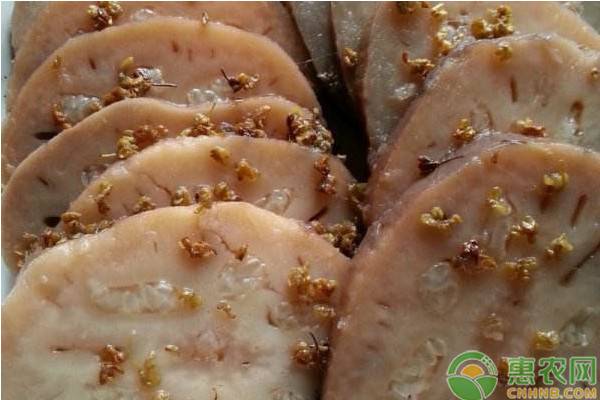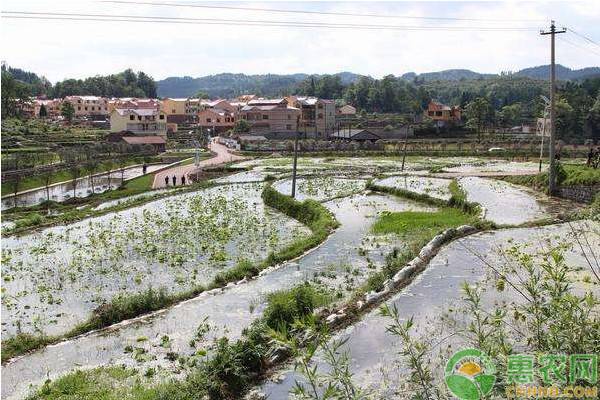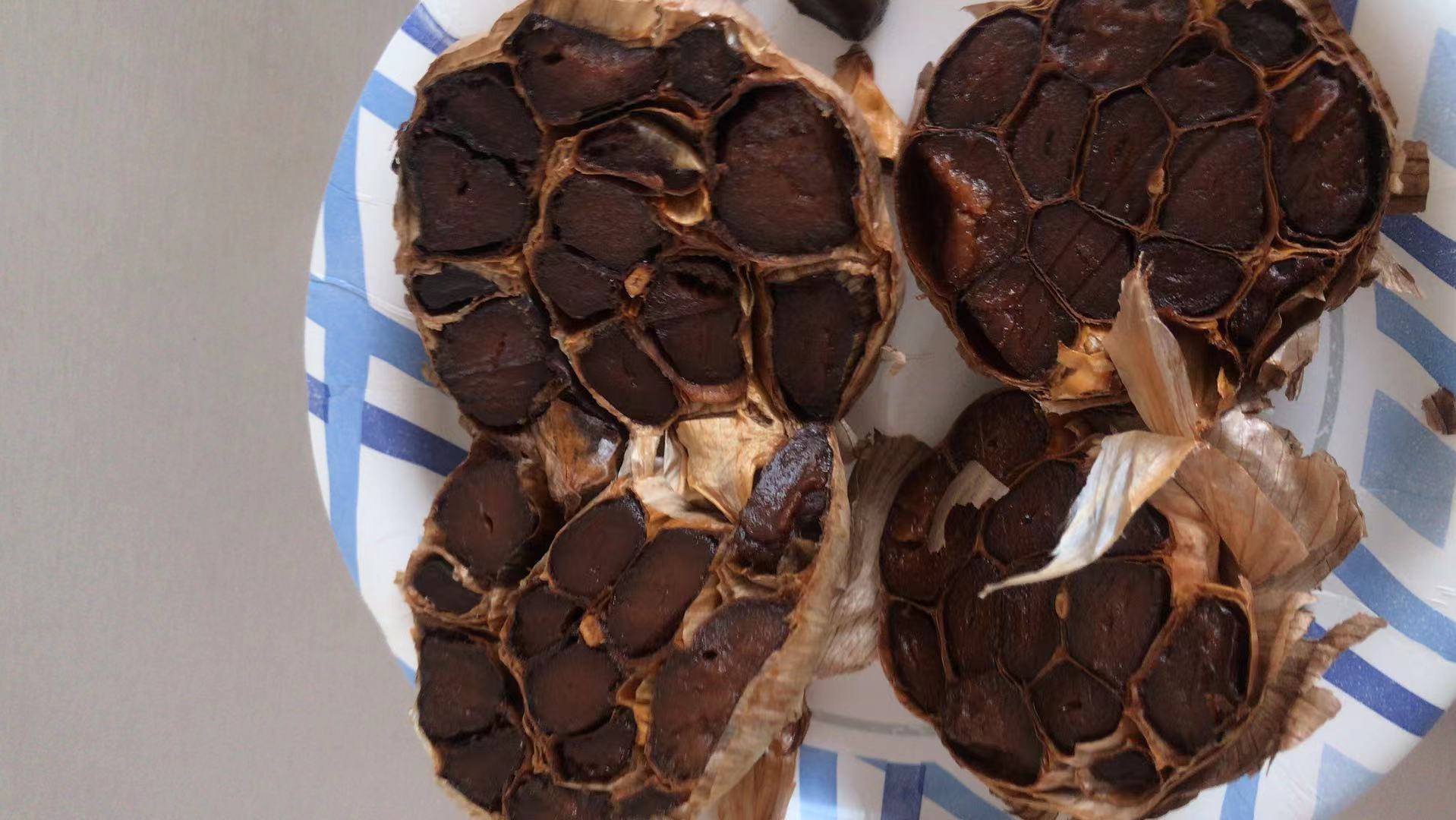Lotus root is a highly nutritious vegetable that is loved by men, women and children. At present, there are many areas where lotus roots are planted in China, most of which are pond cultures. How can pond lotus root cultivation achieve high yield? Let's take a look at a key technology for efficient cultivation of pond lotus roots.

First, Xintang cultivation
In order to obtain the desired yield and benefits of adult carp, it is best to use hybrid brooding (or purifying and rejuvenating) for the first planting of lotus roots or ponds that need to be replaced. Although the seed price is higher, the hybridization advantage and resistance are strong. Not only the current growth rate of lotus roots is high, the potential for increasing production is high, and the benefits are high. It also reserves cheap and good-quality resources for the production in the coming and later years.
Variety selection
Most of the deep-water pupa is a mid-late-maturing variety. When pond cultivation, it is necessary to choose such varieties (because the shallow leeches are easily flooded during the rainy season), and also consider the market demand and variety characteristics. For example, Elian No. 4 is a medium-maturing variety, the raw food is sweeter, the soup is more powdery (the cell wall is easily degraded and becomes starch), and it is also suitable for frying. It is favored in the southern market; Jiangsu small dark red is a late-maturing variety, The skin is yellow and white, and the starch content is high, which is very popular in the northern market.
2. Planting at the right time
The temperature in spring reaches 17 °C, and when the temperature reaches 10 °C at 10 cm, it can be planted. If the planting is too early, the temperature and ground temperature are low, and the buds will be frozen and frozen, and the buds will be frozen. If the planting is too late, not only the axillary buds will be broken, but also the yield will be affected by the shortening of the growth period.
3. Reasonable close planting
The planting distance is 1.8 to 2.5 meters, the plant spacing is 1.2 meters, and 220 to 300 plants per acre are planted. When planting, the distribution of the sorghum species should be triangular, that is, the sorghum species between each row should be staggered from each other and planted in the middle of the other plant spacing; the hoes correspond to each other, so that the underground stalks and leaves are evenly distributed in the field; The hoes are all oriented in the pond so as not to affect the extension of the underground stems.

Second, continuous cultivation
Continuous planting of lotus roots does not require the replacement of a variety of ponds. To achieve high yield and high efficiency, it is better to use whole-breeding or sub-breeding. That is, at the end of the previous production period, with reference to the planting density of Xintang, most of the whole or main mites and a small number of scorpions were collected, and a small part of the whole scorpion or part of the scorpion was left as a scorpion. The approximate proportion of mining is: 8 for the whole pick and 2 for the sub-sampling. When collecting seedlings, try to leave a uniform, intersecting separation distance.
Third, the management of the pond
Pond selection
The pond requires smooth water flow and stable fluctuation. The thickness of the underwater silt layer is more than 20 cm, and the maximum water level in the summer flood season does not exceed 120 cm.
2. Base fertilizer application
Xintang planted lotus roots to apply the base fertilizer. Before planting the pond, drain the pond water and pour the bottom of the pond while applying the base fertilizer and burying it in the mud. Fertilization amount per mu of water surface: Fermented human and animal manure 2 000 to 2 500 kg, or 200 kg of microbial organic fertilizer and 100 kg of ammonium bicarbonate. Because the pond is prone to phosphorus deficiency, 50 kg of superphosphate is required. If aquaculture or lotus root cultivation has been carried out, the organic matter content of the pond mud is generally high, and the amount of fertilizer can be reduced as appropriate.
3. Management of different growth stages
The growth of lotus root can be divided into three periods, namely, the growth period of germination, the growth period of stems and leaves, and the stage of firming and crusting.
1 sprouting growth period. From the beginning of the germination to the time when the first leaf leaves grow out of the water for 30 to 40 days, it is the germination growth period. Before and after the rain, the top buds of the cockroaches began to germinate. As the weather warmed up and the temperature rose, the cockroaches began to draw the lotus whip and grew the leaves and floats. To the small full festival, when the temperature reaches 18~21°C, the roots grow and grow. The nutrients needed for the growth and development of the sorghum in this stage are mainly from the sorghum species. Therefore, no fertilizer or a small amount of fertilization can be used, but the water level should be strictly controlled. When the seedlings have just been implanted, the water depth is 3 to 5 cm. After the axillary buds are exposed, the water level will gradually increase as the buds grow, but the water depth must not exceed 15 cm. If the water body is too shallow, the weather is cold or cold (cold air attack), it is easy to freeze the axillary buds; the water body is too deep, the temperature of the bottom of the pool and the pool water rises slowly, and the growth of axillary buds and floating leaves is delayed.
2 stem and leaf growth period. When the cultivar grows out of the leaves, it enters the growth period of the stems and leaves, also known as the vigorous growth period, which mainly absorbs the nutrients in the soil. Therefore, it is necessary to strengthen the management of water and fertilizer. a. Water level is maintained. As the temperature and water temperature increase, the water level will gradually increase. According to the distance from the water surface to the surface of the water, timely water injection, generally every 5 to 7 days, water injection once, the amount of water is less first. In the early stage, the water injection is 3 to 5 cm each time. After the number of the standing leaves increases, the growth rate increases, and the water injection volume gradually increases to 10 to 20 cm. The specific water injection volume should be based on not flooding most of the vertical leaves.
There is too little water injection. First, when the water temperature is too high during the summer, it is not conducive to the growth and development of the whip. Second, the distance between the leaf stems exposed to the air is too long, and the water loss is high, which is not conducive to the nutrients between the leaves and the whip. Exchange, but the maximum water level should not exceed 120 cm. Too much water is injected, it is easy to submerge the sputum leaves, causing the stomata of the leaf umbilical to block, causing the leaf stem pores to not deliver air to the bottom of the pool, affecting the breathing of the whip and the adventitious root. Therefore, whether in summer or autumn, the water surface should be drained in time when there are more vertical leaves, and the water level should be lowered to a suitable position within 8 hours. b. Fertilization measures. The water in the pond is deep, and the nutrients are easily lost after the fertilizer is applied, so it is not suitable to apply liquid fertilizer. When applying organic fertilizer, use solid sludge or manure block with a specific gravity greater than that of pool water, and apply it once a month, each time 1000 kilograms per mu, before the end of the summer. If chemical fertilizers are used, the fertilizers should be thoroughly mixed with the pond mud to be applied to the pond after the mud is formed. Each time, 20 kg of urea, 15 kg of phosphate fertilizer and 5 kg of potassium sulfate are used per mu.
3 strong knot period. From then on, the leaves appeared (after the Lubei area was about after the autumn) until the plants completely stopped growing, and the leaves were mostly yellow, and the whole body was full and fat, which was a solid crusting period. There are 60 to 70 days in this period, and the management focus is to provide favorable conditions for the transformation of the whip, namely drainage and decompression. After the leaves are grown, they are drained, draining 10 to 15 cm each time, draining once every 5 days, and strive to gradually reduce the water level to below 50 cm within 30 days, and to 20 to 30 cm in mid-August.

4. Pest control
At present, the cultivation of lotus root pests in ponds in Lubei area is relatively light, and common aphids and moths; diseases include lotus root spoilage, lotus root brown spot disease.
1 biological control. The polyculture of the surimi can not only provide organic fertilizer for the pond, but also protect the water and fish by feeding fish, and prey on pests to prevent pests and diseases. Stocking species: squid, squid, squid. Quail and squid can purify water, reduce the growth and spread of pathogens, and filter plankton and reduce pests; squid can hunt adult moths.
2 drug control. Pest control: Aphids can be sprayed with 50% anti-Converse WP 2,000 to 3,000 times, or 0.3% matrine water 400-600 times; moth can be used with 5% chlorantraniliprole suspension 1 000 times liquid, or 1% avermectin EC 1000 times liquid spray. Disease prevention and treatment: 50% carbendazim WP 600-800 times solution, or 50% carbendazim WP 600 times solution + 75% chlorothalonil WP 600 times solution at the beginning of the disease. It should be noted that drug control should not be used after the fish meal is mixed, or the drug should be sprayed after the fish is caught.
5. Harvesting
The lotus roots cultivated in the pond are mostly late-maturing varieties, and generally do not harvest tender mites. When the whole leaves are yellow, they can be dug and listed.
For the wonderful pictures and popular comments on pond lotus root cultivation techniques, you may be interested in the following recommended contents, welcome to read.
Whole Bulb Black Garlic is made from Whole Bulb Fresh Garlic.Generally,Whole Black Garlic has 6-8 or 8-12 small cloves.Putting fresh garlic into the Black Garlic Machine for 18-20days,we can get whole bulb black garlic.Black garlic has sweet taste and soft texture.Compared with fresh garlic,it is becoming more and more popular.

Whole Bulb Black Garlic,Black Garlic Food,Multi Bulb Black Garlic,Fermentated Black Garlic Granule
Zhucheng Tongxi Commercial And Trade Co.,Ltd. , https://www.blackgarlicgroup.com